On 8 September, Swiss company Climeworks began operations of Orca, theworld’s first and largest direct carbon capture and storage plant.
The construction of Orca started in May 2020, and due to its simple modular-based construction, it was possible for Orca to be operational in under 15 months.
Climeworks estimates that Orca will be able to permanently remove 4,000 tonnes of CO2 from the atmosphere per year. Once the carbon dioxide is removed from the air, it can be safely stored underground. For this process, Climeworks teamed-up with an Icelandic company calledCarbfix, who specialise in the process of turning carbon dioxide into stone.
The carbon dioxide that Orca captures is mixed with water and is then pumped deep underground. Over the course of a few years, this CO2 reacts with the natural basalt and eventually turns into solid carbonate minerals.
The CEOs of Climeworks are hopeful that the technology will help contribute to ambitious net-zero carbon targets set by the Paris Agreement of 2016.
The Orca facility
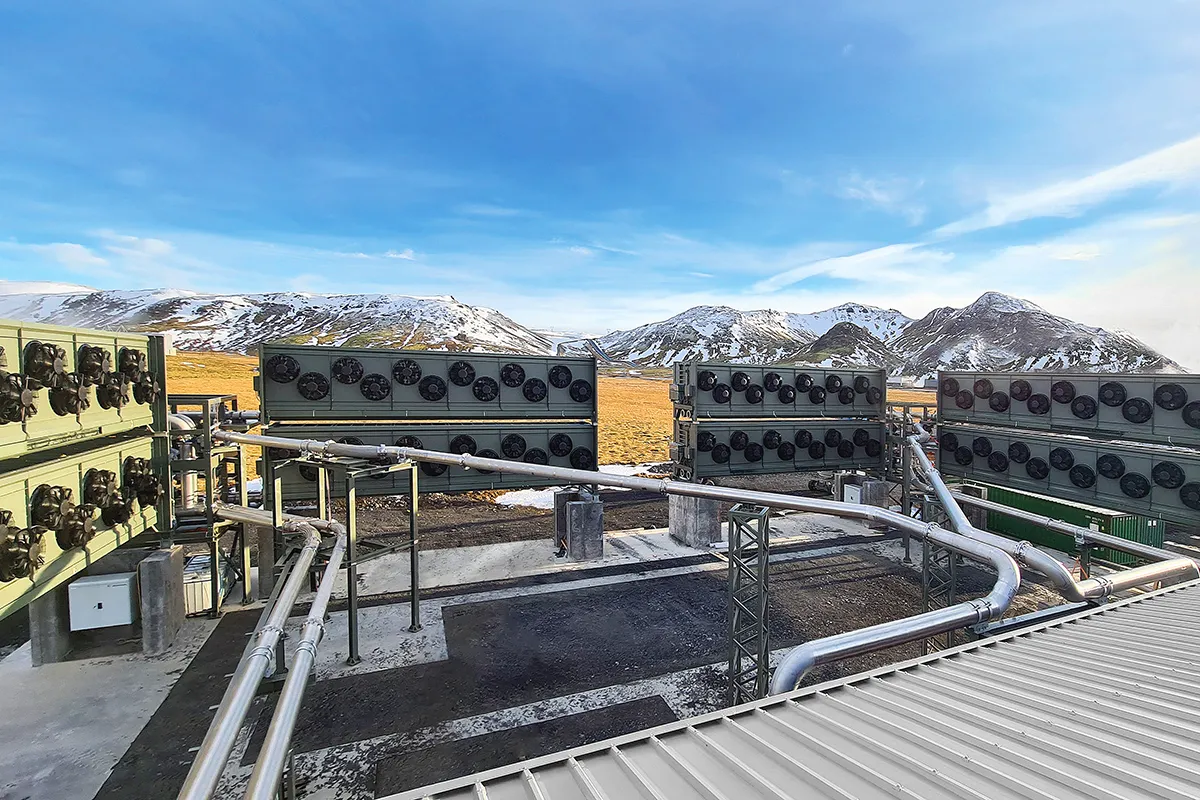
Zero waste process
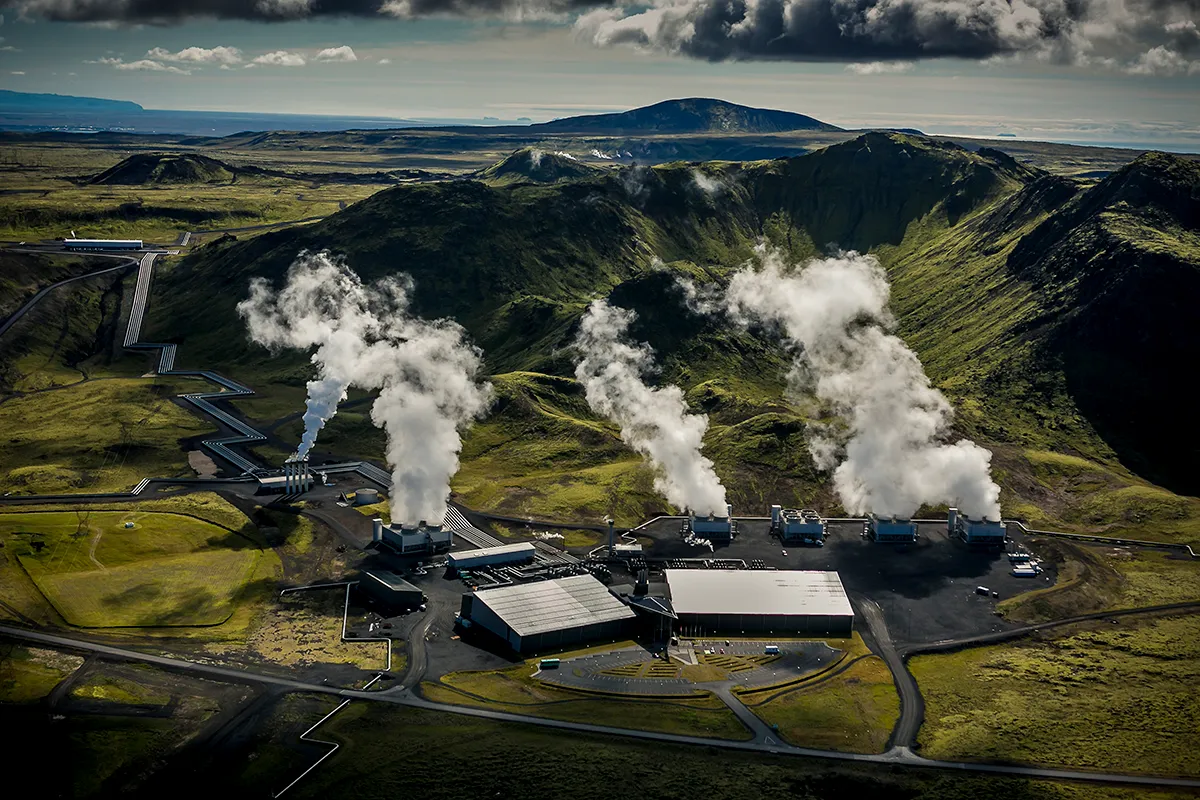
Dirty air goes in...
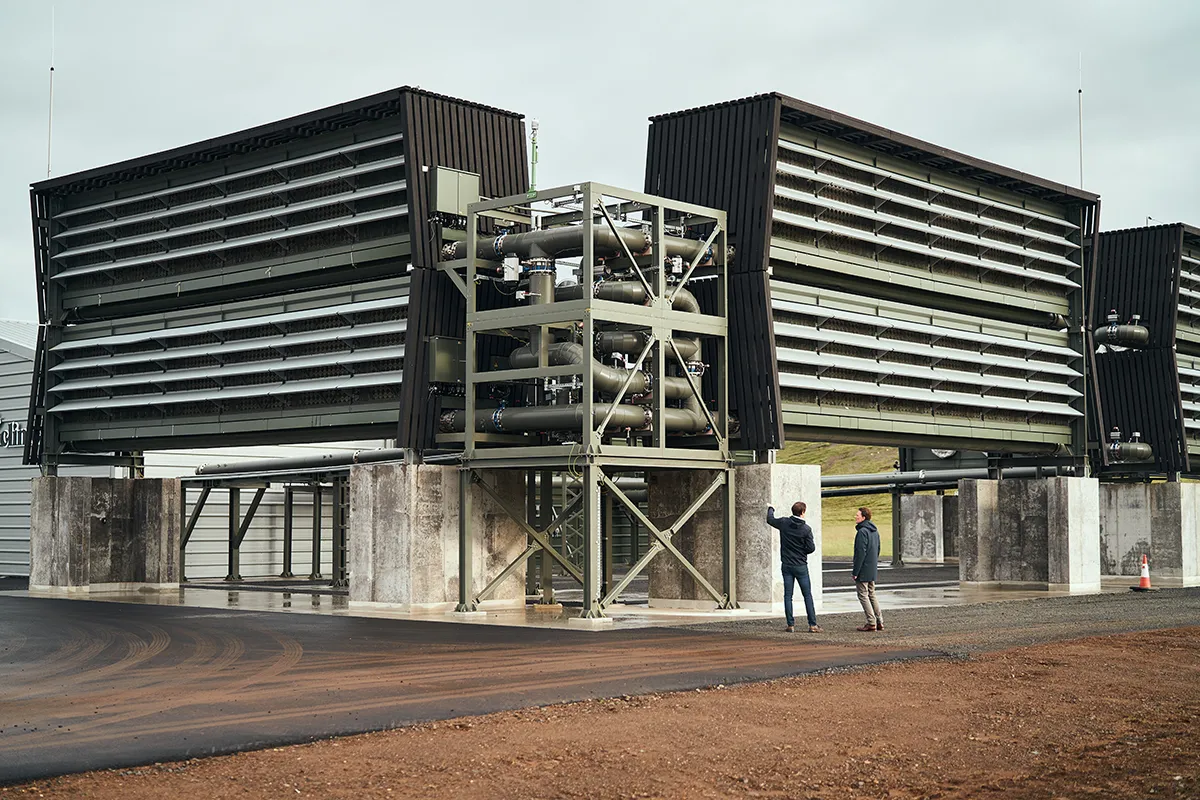
...Clean air comes out
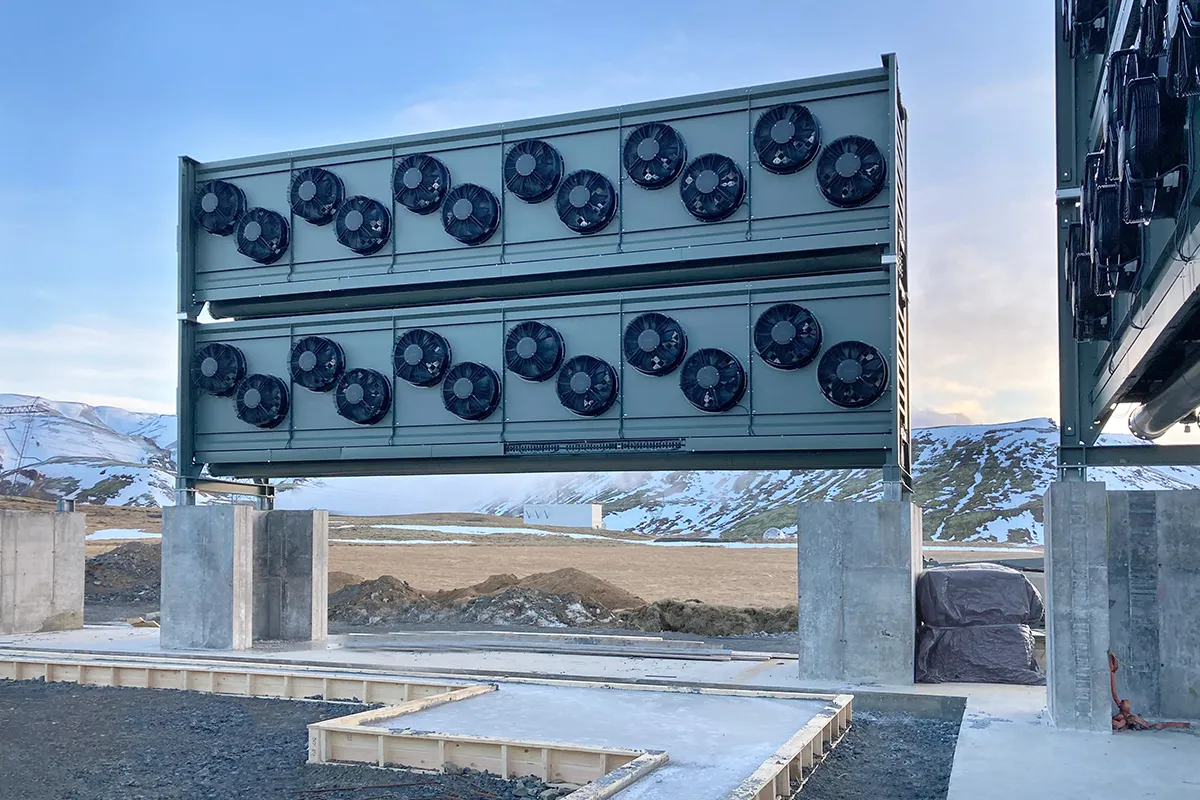
Big fans
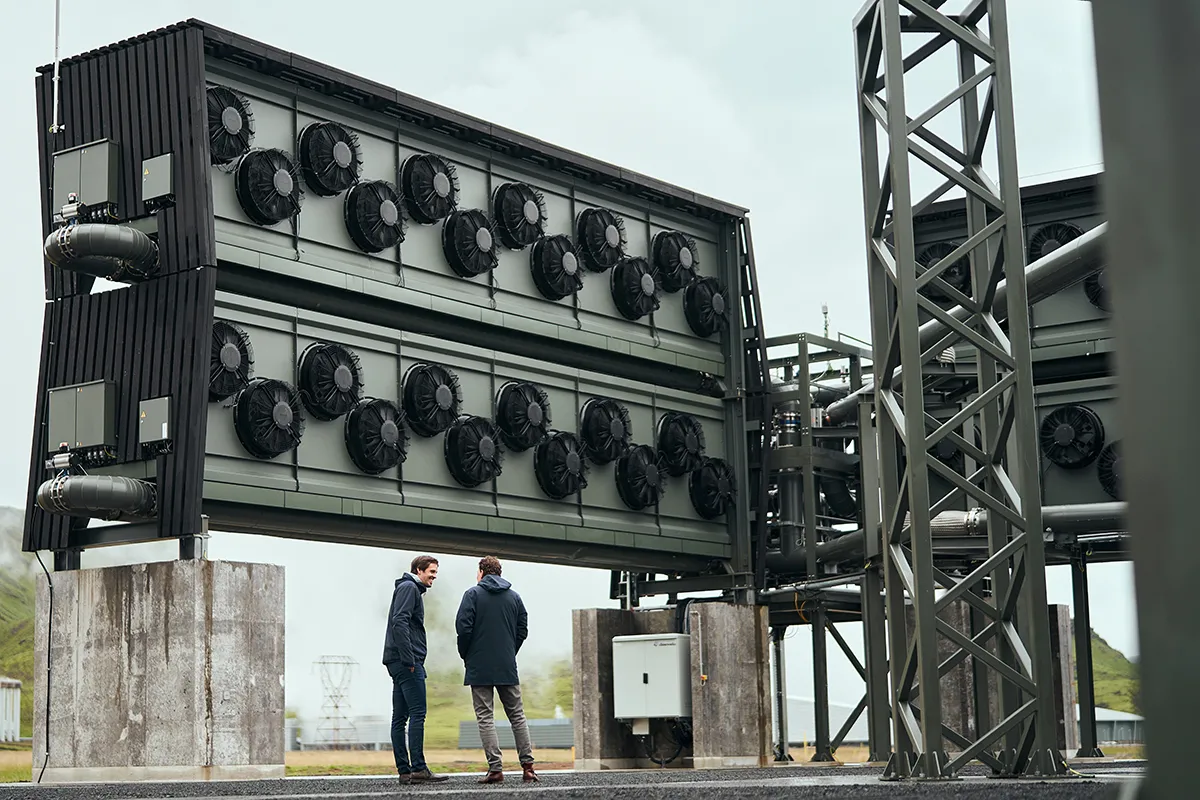
The magic ingredient

Out of harm's way
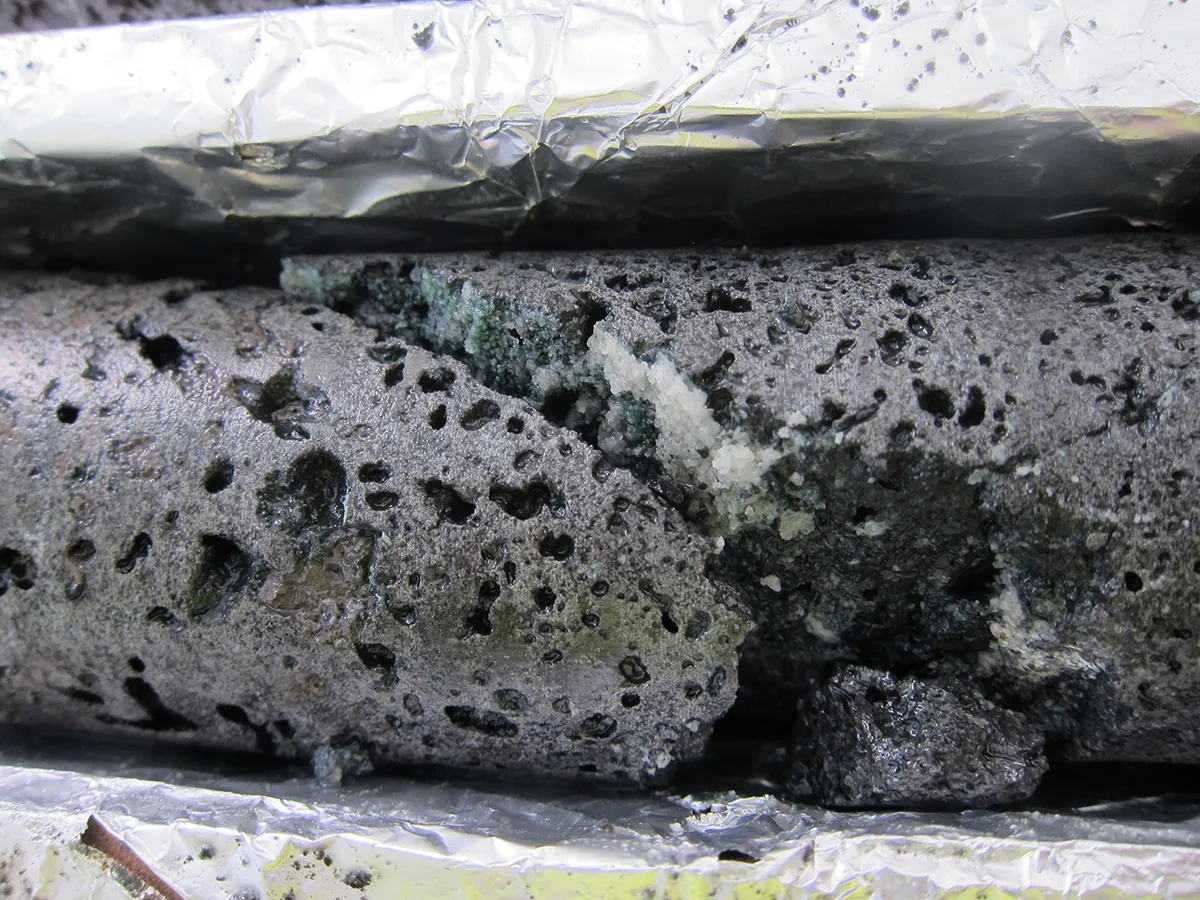
How the process works:
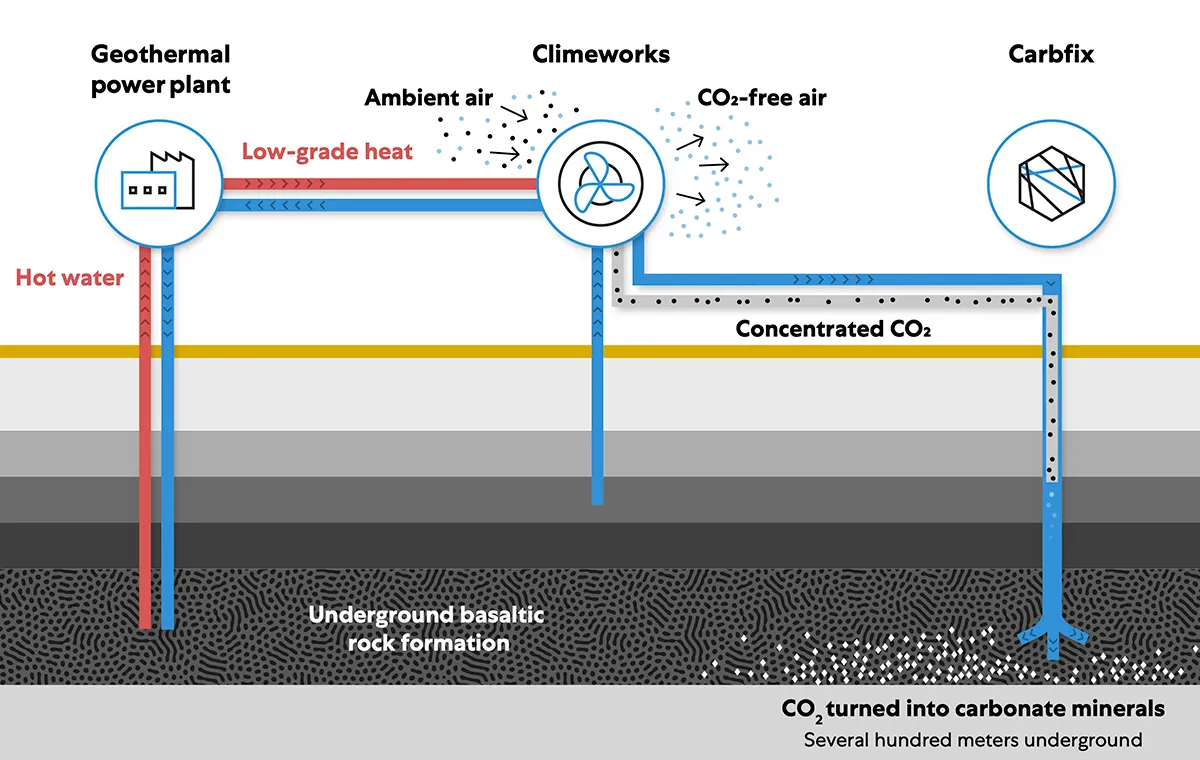
Orca is go

Check out more of our galleries:
- In pictures: The volcano eruption devastating La Palma
- Maximum beauty: The full Harvest Moon 2021
- Up to our necks: Highly commended images from the Wildlife Photographer of the Year
Up and running
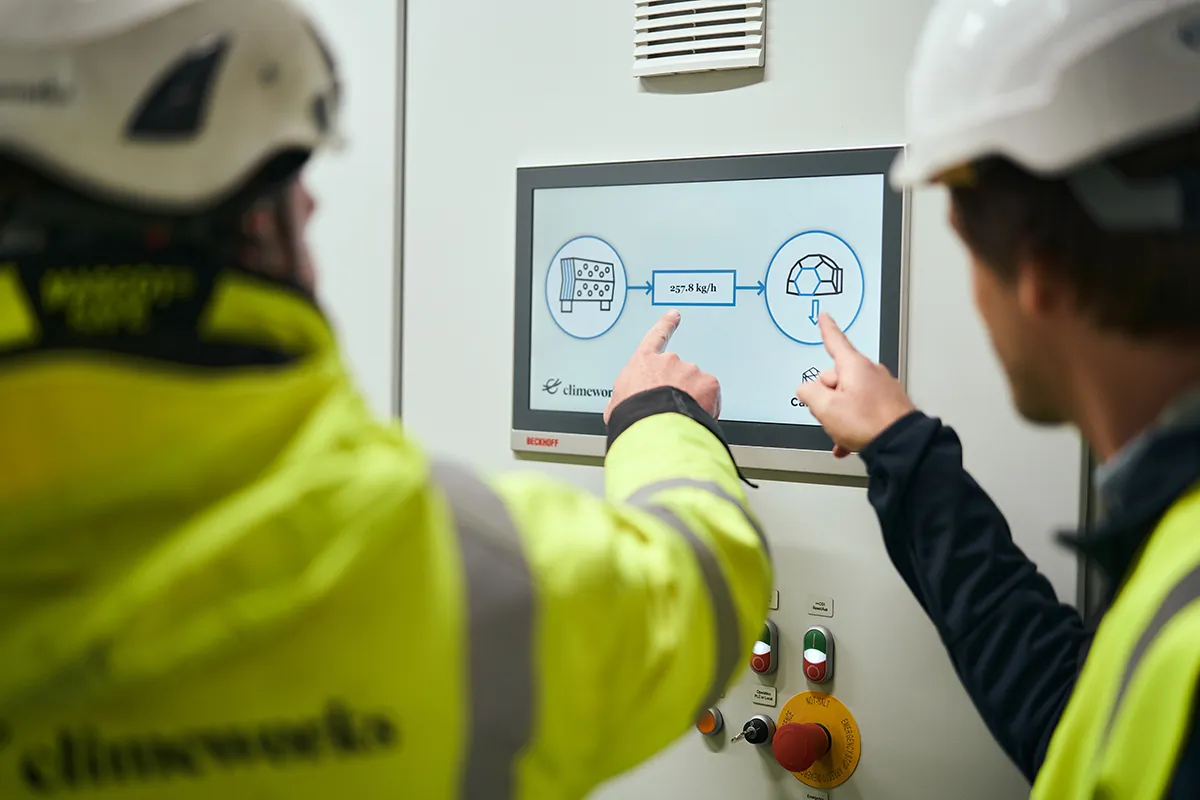
Humble but impressive
